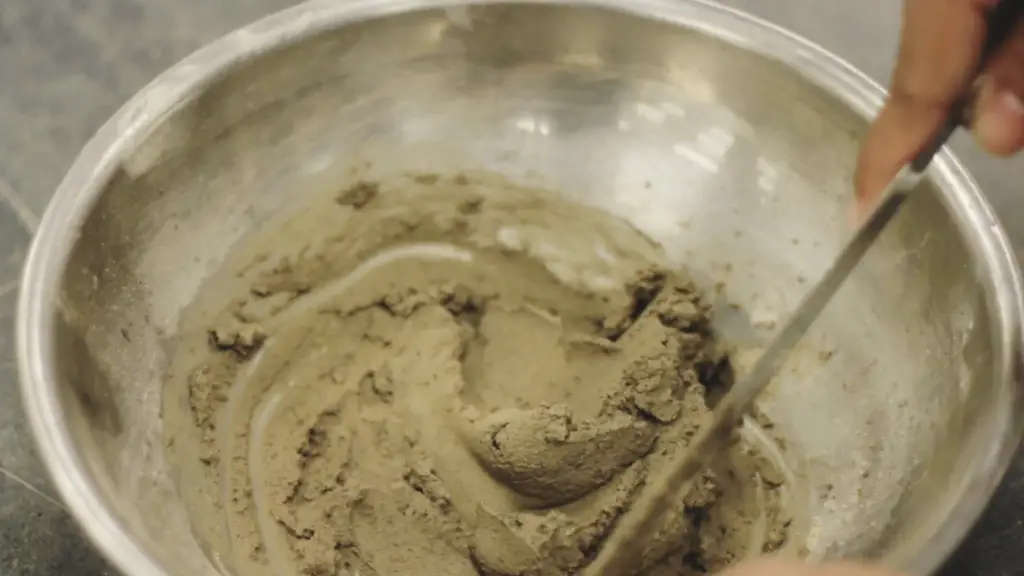Table of Contents
What Is Plastic Limit Test Of Soil?
The plastic limit test of soil is used to determine the moisture content at which soil transitions from a plastic state to a semi-solid state.
Plastic limit test of soil is a very popular test in the field of civil engineering and geotechnical engineering.
This test is used to determine Plastic Limit and Plastic Index.

The plastic limit represents the water content below which the soil can no longer be rolled into a thread of 3 mm in diameter without crumbling.
The plasticity index indicates the range of water content over which the soil exhibits plastic behavior.
What Is Plastic Limit Of Soil?
The plastic limit of a soil is the point where the soil starts acting like a soft and moldable material. It is the lowest amount of moisture in the soil where it can be rolled into small threads without falling apart. This is important for certain types of soil like silts and clays.
To find the plastic limit, engineers take a sample of soil and dry it. Then, they slowly add water and mix it until the soil becomes moldable without breaking. The moisture content at this point is called the plastic limit.
The plastic limit is a useful measurement in engineering to understand how the soil behaves. It helps engineers determine how easily the soil can be compressed, how strong it is against forces like pushing or pulling, and how much it might settle or sink over time. This information is important for deciding if the soil is suitable for building structures like buildings or roads.
Test Procedure
I have describe test procedure in a simple way:
Prepare soil sample and remove any large particles or organic matter from it.

Take a tiny amount of the soil sample and add water in the sample.
Knead and roll the mixture to obtain a uniform soil paste.
Divide the soil paste into several smaller portions and roll each portion into a thread with a diameter of approximately 3 mm and about 10 cm long.
Continuously try to roll the threads on a flat glass plate. If the thread crumbles or breaks into smaller pieces, it indicates the soil has reached its plastic limit.

Repeat the process with different water content levels, adjusting the moisture content of the soil paste each time by adding or evaporating water.
Record the moisture content at which the soil begins to crumble as the plastic limit.
Calculate the plasticity index (PI) by subtracting the liquid limit (LL) from the plastic limit (PL). The liquid limit is determined using a separate test called the Casagrande method.
Sum Up
The plastic limit test is an instrumental procedure employed to classify soils into distinct categories based on their plasticity index, which represents the numerical disparity between the liquid limit and the plastic limit.
This classification system, commonly known as the Atterberg limits, serves to categorize soils into four discernible groups: sands, silts, clays, and organic soils. Profound comprehension of the plasticity characteristics exhibited by soil is of paramount importance in understanding its behavior under varying loading and environmental conditions.
Moreover, such knowledge facilitates the selection of appropriate construction techniques and materials, ensuring optimal performance and mitigating potential complications.
Faqs
The plastic limit test helps us determine the moisture content at which soil transitions from a plastic state to a semi-solid state. It allows us to assess the soil’s plasticity and compressibility characteristics, which are crucial for engineering and construction projects.
To perform the plastic limit test, we take a soil sample and gradually mix it with water to form a uniform paste. We then roll the paste into a thread of a specific diameter and subject it to various shaping and rolling procedures. We record the moisture content at which the thread starts to crumble when rolled as the plastic limit of the soil.
To conduct the plastic limit test, we require a balance, mixing dish, glass plate, spatula, thread rolling device, and an oven. These tools are used to prepare the soil paste, shape the threads, and dry the samples for moisture content determination.
The plastic limit test provides valuable information about the soil’s plasticity index and liquidity index, which are important parameters in geotechnical engineering. These parameters help engineers assess the soil’s behavior under different loading conditions, its suitability for construction purposes, and the potential for volume change or settlement.
To calculate the plasticity index (PI) using the plastic limit test, we subtract the plastic limit (PL) from the liquid limit (LL) of the soil. The formula is: PI = LL – PL. The plasticity index indicates the range of moisture content over which the soil exhibits plastic behavior. Soils with high PI values are generally more expansive and prone to volume changes, while lower PI values indicate less plasticity and more stability.
